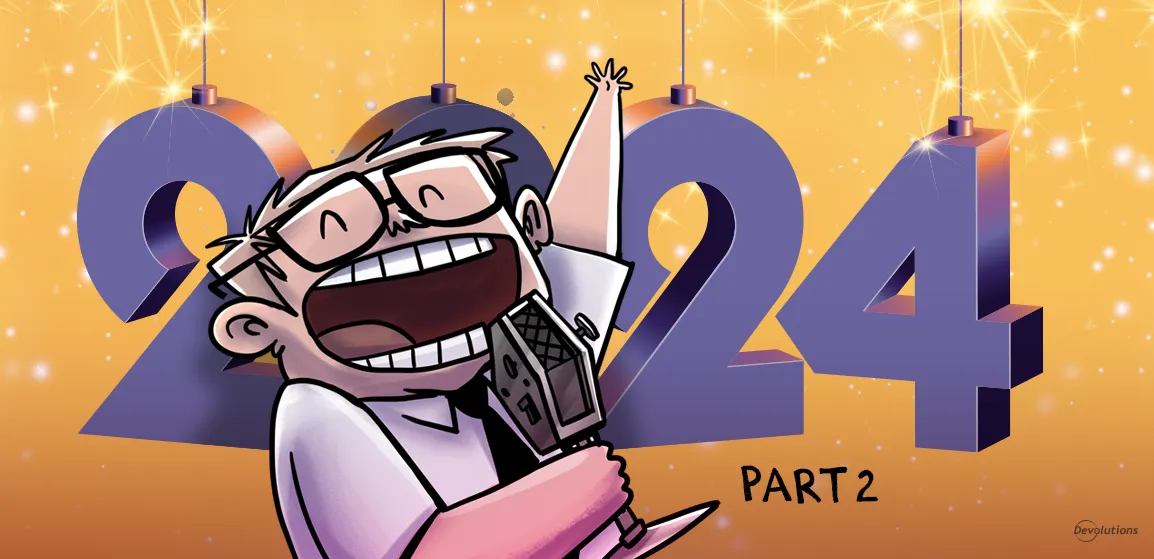Women’s Equality Day is celebrated in the U.S. each year on August 26 to commemorate the 1920 adoption of the 19th Amendment to the U.S. Constitution, which bans the government from denying citizens the right to vote on the basis of gender.
The good news is that in the U.S. and many (but unfortunately not all) countries in the world, women are freely allowed to vote. In fact, in many elections the turnout of women voters is regularly higher than it is for men.
The bad news is that in many industries, such as IT, women are still significantly underrepresented at all levels. This is especially true in leadership positions. Consider these troubling statistics (all pertain to the U.S.):
- Only 26% of tech jobs are held by women.
- Between 1980 and 2010, 88% of all IT patents were by male-only invention teams.
- The turnover rate for women in tech is 41% compared to 17% for men.
- Only 12% of engineers in Silicon Valley startups are women.
- In 2018, all-male founding teams received 85% of total venture capital investment.
- Less than 30% of the workforce at the largest tech companies are women, and women comprise only 15.6% of explicitly tech-related positions.
Celebrating Women Tech Pioneers
Women have played a critical role in shaping and driving the IT world. Here is a look at some of the most prominent female tech pioneers:
- Ada Lovelace, a 19th century mathematician, is regarded as the founder of scientific computing, as well as the first computer programmer in history.
- Jean Bartik, a mathematician, was among the first group of programmers in the 1940s to develop and execute programs for ENIAC, the first general-purpose electronic digital computer.
- Betty Holberton, a mathematician, contributed to developing standards for COBOL and FORTRAN in the 1940s and 1950s. Together with Jean Bartik, Holberton was also among the original programmers for ENIAC.
- Grace Hopper, a Rear Admiral for the U.S. Navy in the 1940s and 1950s, created the basis for modern computing by inventing the compiler, code optimization, formula translation, subroutines, linking loader, and symbiotic manipulation. She also contributed to the development of COBOL.
- Anita Borg received her Doctorate in Computer Science in the 1980s and founded the Grace Hopper Celebration of Women in Computing, as well as the Institute for Women in Technology. The latter organization was renamed the Anita Borg Institute for Women in Technology after her death in 2003.
- Erna Schneider Hoover, a mathematician, developed a groundbreaking call switching technology that prevented call overload while working at Bell Labs in the 1950s. In 1971, she received one of the very first software patents.
- Radia Perlman, a renowned software engineer, is considered “The Mother of the Internet” due to her work on protocols for routing and scaling network traffic. Incredibly, she holds over 70 software patents!
These are just a few of the women tech pioneers who have faced and overcome an enormous — and for many of us today, incomprehensible — amount of explicit, implicit, and systemic gender bias. But they persevered, and the world is so much better for their contributions.
Looking Ahead
In the tech world, the situation for women is somewhat better today than it was in the distant past. For example, more women have entered STEM over the last 40 years than any other field. However, there is still a long way to go before the playing field is truly level, and people are hired and promoted based on their skills vs. their gender. If you’re looking at your own hiring policy and thinking it needs to step into the 21st century, here are some recommended strategies from McKinsey & Company:
- Make gender diversity a core part of the hiring process.
- Look beyond “cultural fit” when hiring.
- Encourage and support female tech entrepreneurs.
- Expand the talent pipeline to get more women in STEM careers.
It’s Not Women vs. Men
Striving for a tech landscape where women and men are treated equally, and given the same opportunities to succeed and contribute, is not about pitting one gender vs. another. When we achieve equality EVERYONE BENEFITS, because we embrace new talents, new ideas, new discoveries, new innovations, and new solutions that move us forward. And isn’t that what tech is all about?
Inspiring Words
Let’s wrap up with an inspiring quote from the above-mentioned tech pioneer Anita Borg. I urge all the girls and women out there who are striving to carve out a career in IT or STEM to reflect on this quote often, especially when things get tough: “A ship is safe in port, but that is not what ships are for. Sail out to sea and do new things!”





